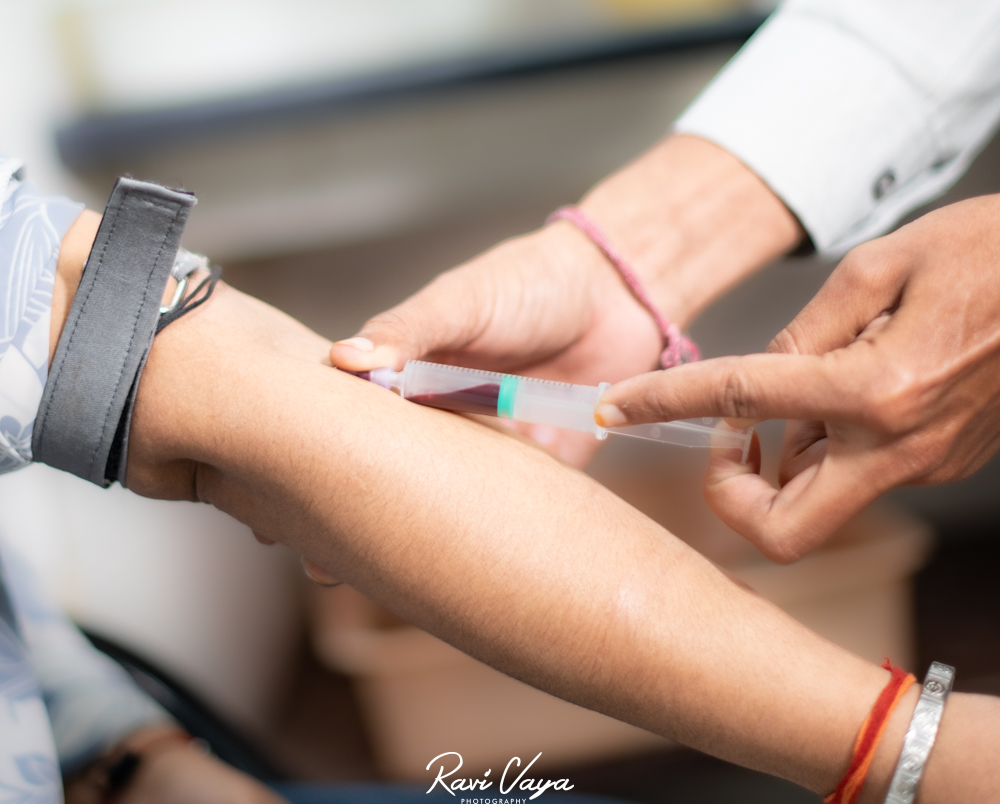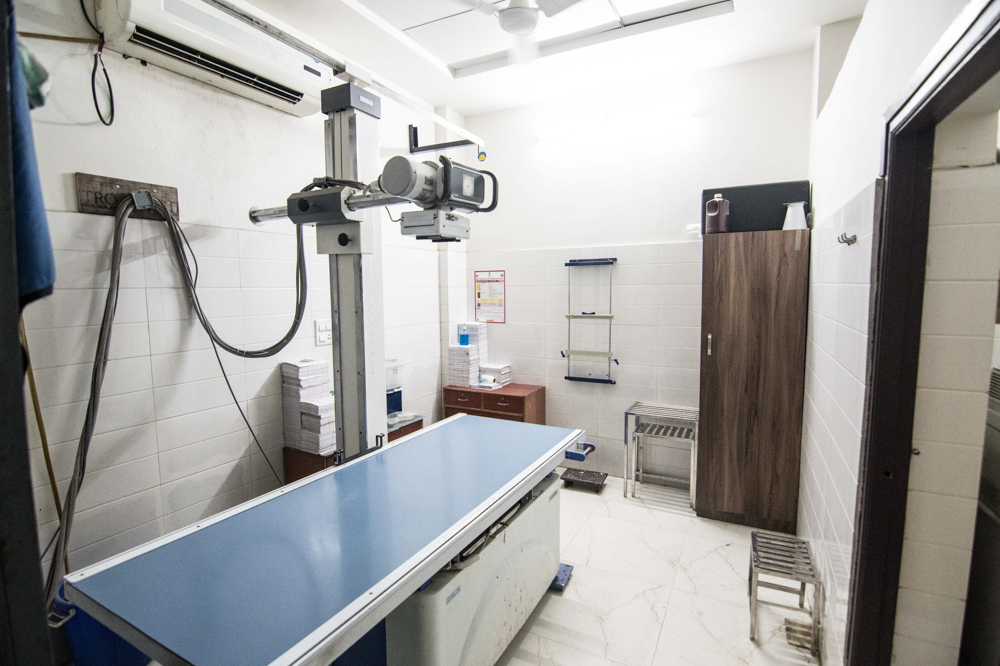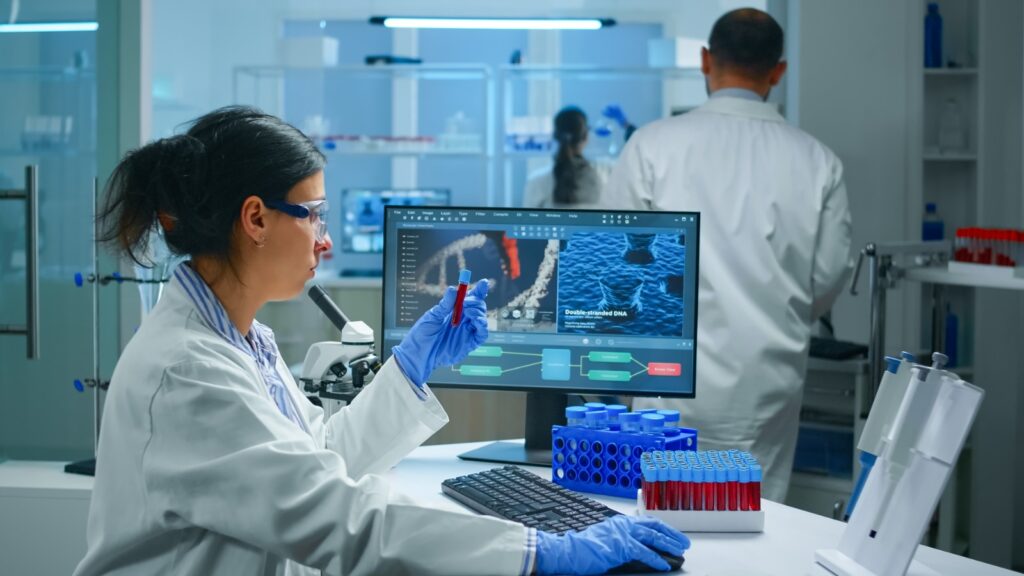In today’s world, diagnostic tests play a crucial role in identifying and treating health conditions. Whether you’re dealing with unexplained symptoms or undergoing a routine checkup, knowing which diagnostic tests are commonly used can make you feel more informed and in control of your health. In this article, we’ll guide you through the 7 most common diagnostic tests, their purposes, and what to expect. By the end of this post, you’ll have a better understanding of these essential medical procedures and why they matter for your health journey.
What You’ll Learn:
- The top 7 most common diagnostic tests.
- Why each test is important for early detection of health issues.
- How to prepare for each test and what results to expect.
1. Blood Tests: A Look at Your Health
Blood tests are among the most common diagnostic procedures. They provide valuable insights into your overall health by measuring key components like red and white blood cells, cholesterol, blood sugar, and more.
Key Points:
- Common tests: Complete Blood Count (CBC), Lipid Profile, Liver Function Test (LFT), and Kidney Function Test (KFT).
- Purpose: Identifying conditions like anemia, diabetes, infections, and organ issues.
- Preparation: Fasting may be required for certain tests, like the Lipid Profile.
Real-World Example: Regular blood tests can help detect diabetes early, allowing for timely intervention and management.
2. X-rays: The Power of Imaging
X-rays use radiation to produce images of the inside of your body. They’re often used to check for bone fractures, infections, and conditions affecting the lungs, such as pneumonia.
Key Points:
- Common Tests: Chest X-ray, Bone X-ray, Abdominal X-ray.
- Purpose: Diagnosing fractures, infections, and tumors.
- Preparation: Minimal preparation; you may be asked to remove jewelry or clothing that could obstruct the image.
Real-World Example: An X-ray can quickly confirm whether a bone is broken or if pneumonia is affecting your lungs.
3. Ultrasound: Non-Invasive Imaging for Soft Tissues
Ultrasound uses sound waves to create images of the inside of your body, especially soft tissues like muscles, organs, and blood vessels.
Key Points:
- Common Tests: Abdominal Ultrasound, Pelvic Ultrasound, Pregnancy Ultrasound.
- Purpose: Evaluating organs, monitoring pregnancy, detecting cysts and tumors.
- Preparation: You may need to drink water before some ultrasounds to fill the bladder for better imaging.
Real-World Example: Pregnant women often undergo ultrasounds to monitor the health and development of the fetus.
4. Electrocardiogram (ECG): Monitoring Heart Health
An ECG measures the electrical activity of your heart. It is a vital test for diagnosing heart conditions such as arrhythmias, heart attacks, and heart disease.
Key Points:
- Purpose: Identifying irregular heartbeats, heart attacks, and other cardiac issues.
- Preparation: No special preparation is needed, though you may be asked to lie still.
Real-World Example: If you experience chest pain or palpitations, an ECG can help detect underlying heart problems.
5. CT Scan: Detailed Cross-Sectional Imaging
A CT scan (Computed Tomography) takes detailed images of your body by combining X-rays from different angles. It is particularly useful for diagnosing conditions that are difficult to detect with standard X-rays.
Key Points:
- Common Tests: Brain CT scan, Chest CT scan, Abdominal CT scan.
- Purpose: Detecting tumors, internal injuries, blood clots, and infections.
- Preparation: You may need to fast before the procedure, especially if contrast material is used.
Real-World Example: After a car accident, a CT scan can identify internal injuries or brain bleeds that are not visible on an X-ray.
6.Urine Tests: Understanding Kidney and Bladder Health
Urine tests can provide important information about kidney function and detect infections, kidney disease, and diabetes.
Real-World Application: Urine tests are often part of routine check-ups to monitor kidney and bladder health.
7. Mammogram: Essential Breast Cancer Screening
A mammogram is an X-ray image of the breast used to detect breast cancer and other abnormalities.
Key Points:
- Purpose: Early detection of breast cancer and other issues like cysts.
- Preparation: Avoid wearing deodorant or lotion on the day of the test, as it can interfere with the images.
Real-World Example: Mammograms can detect breast cancer in its early stages, increasing the chances of successful treatment.
Conclusion:
Understanding these 7 common diagnostic tests is essential for taking control of your health and ensuring that any potential issues are caught early. Early detection not only improves your chances for successful treatment but also allows you to make informed decisions about your well-being. Don’t wait for symptoms to worsen – proactive testing can make all the difference.
Don’t wait for health concerns to escalate – take the first step towards better health today! Schedule your diagnostic test at a trusted diagnostic centre in Kota and ensure you’re staying ahead of any potential health issues. Your health is worth it!




